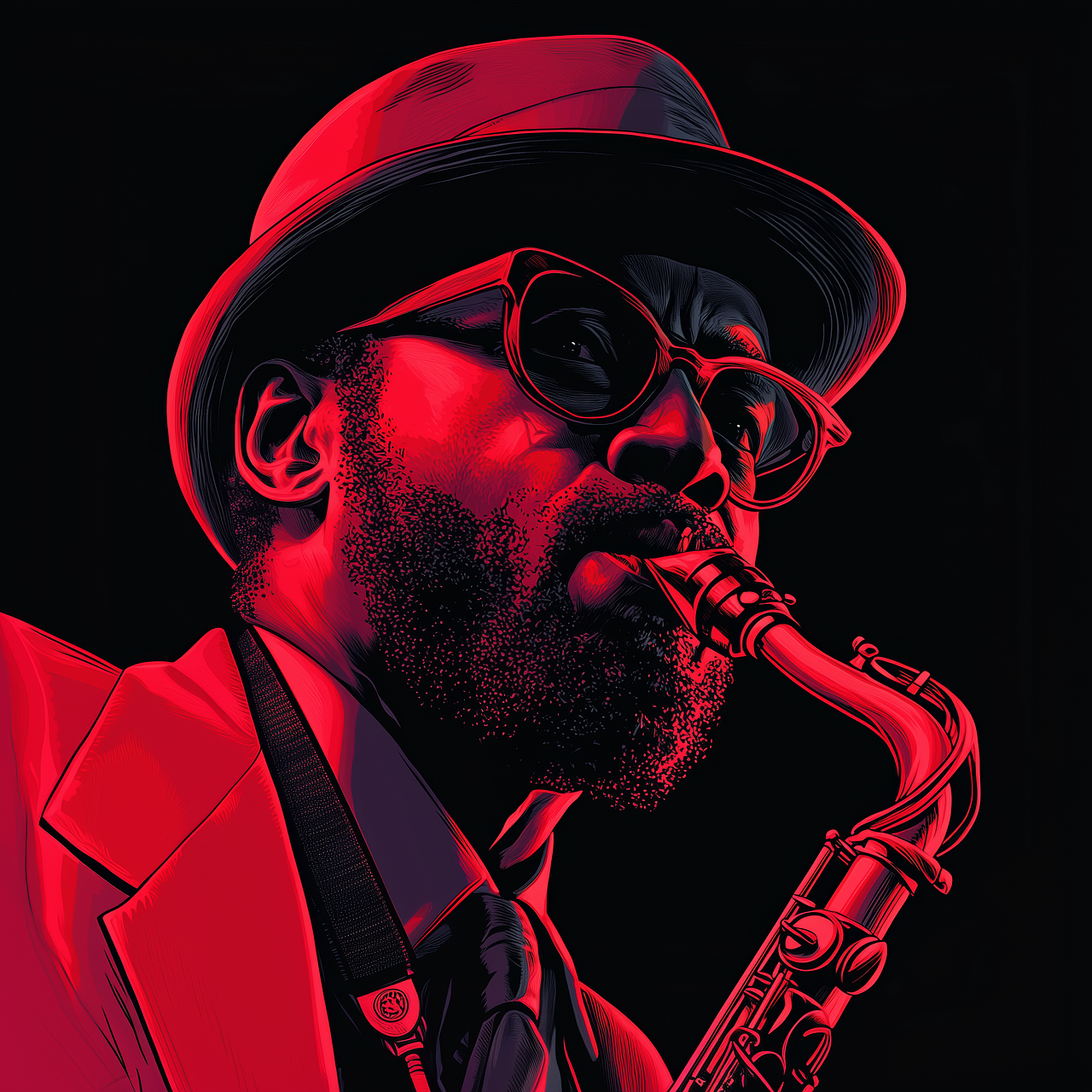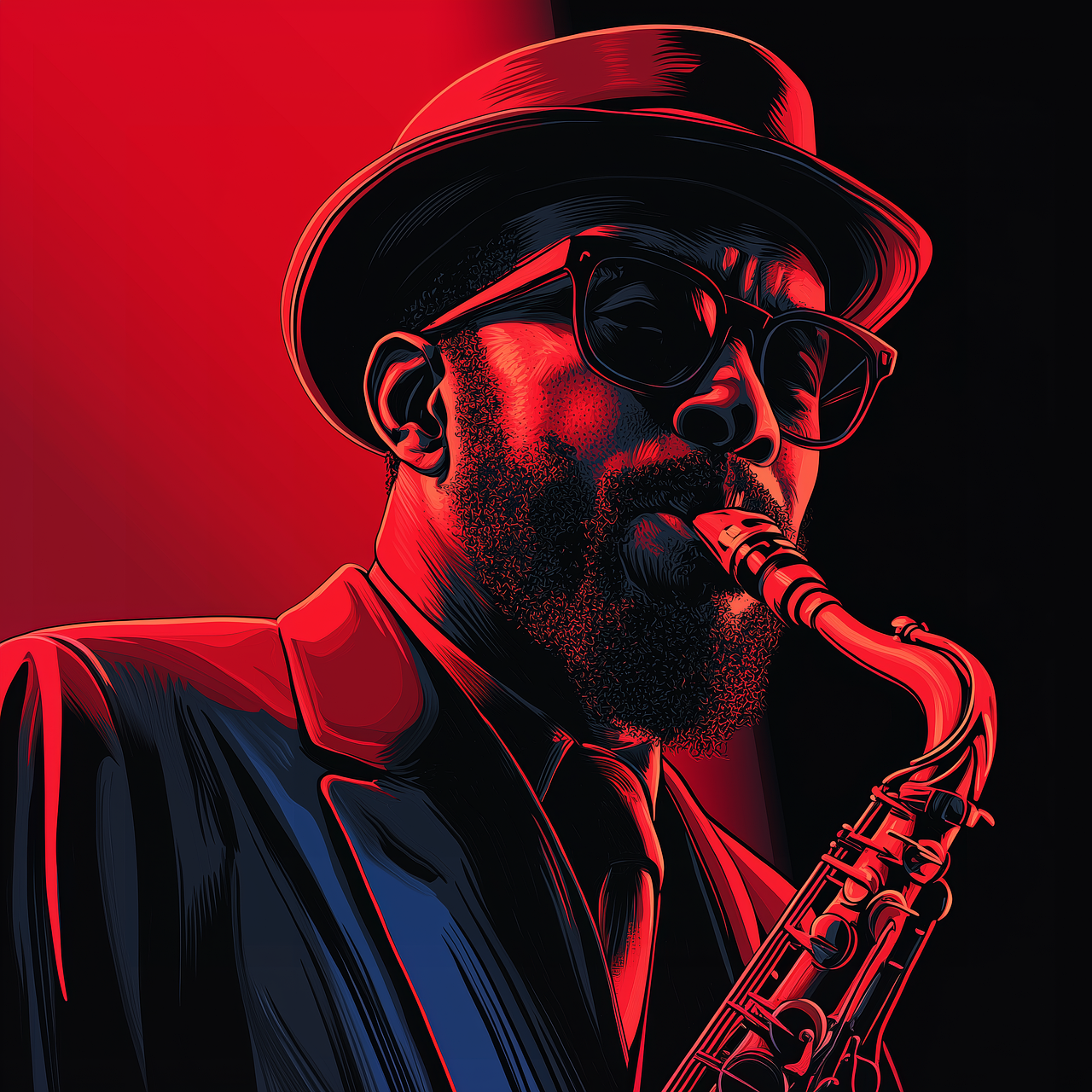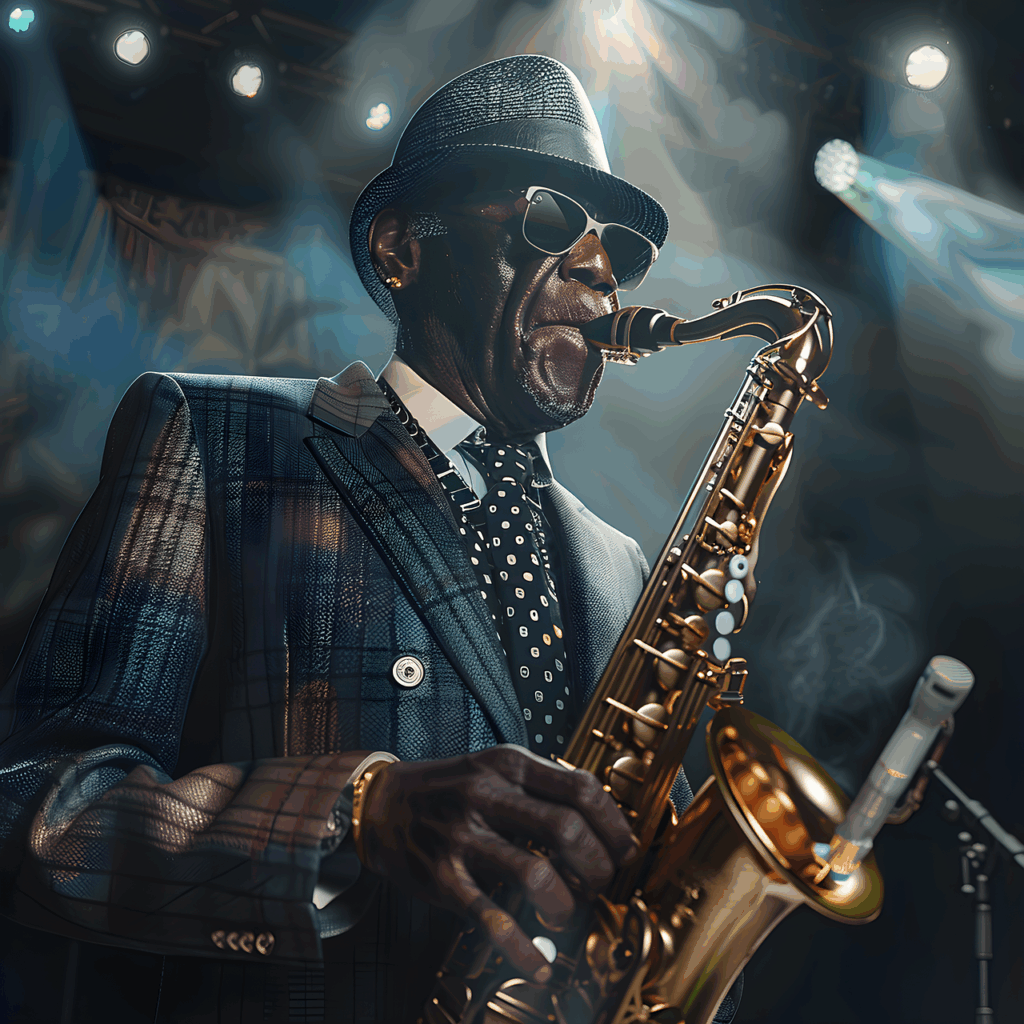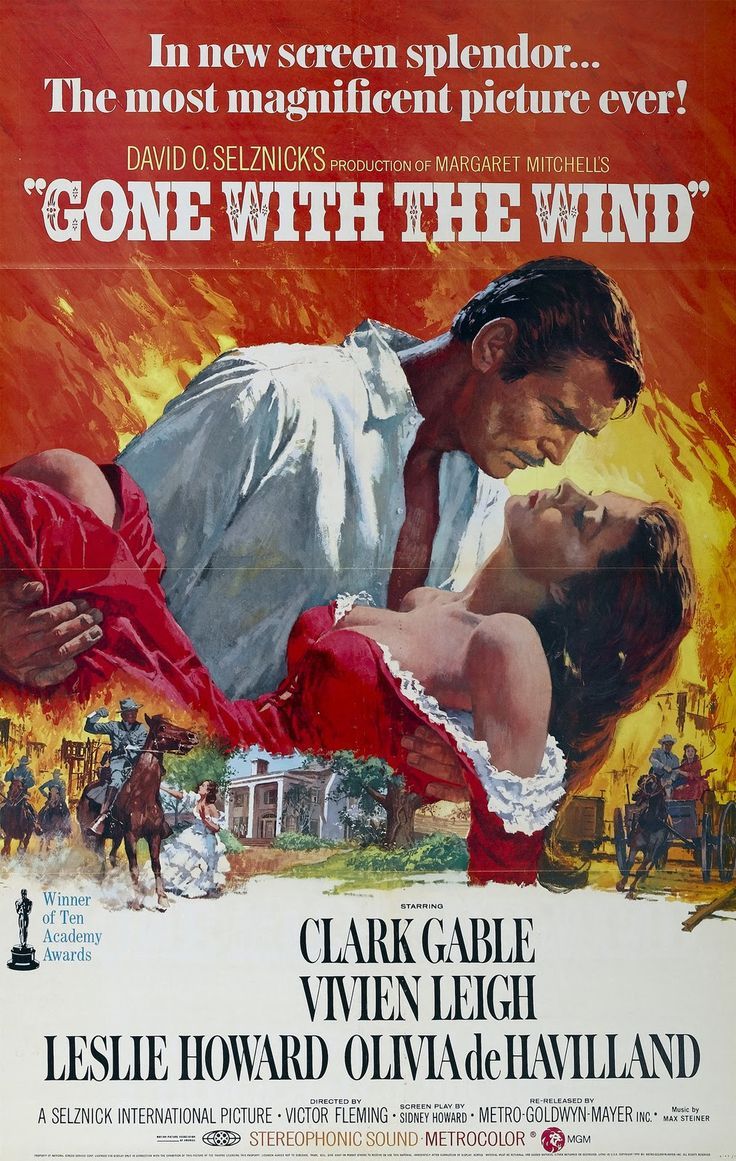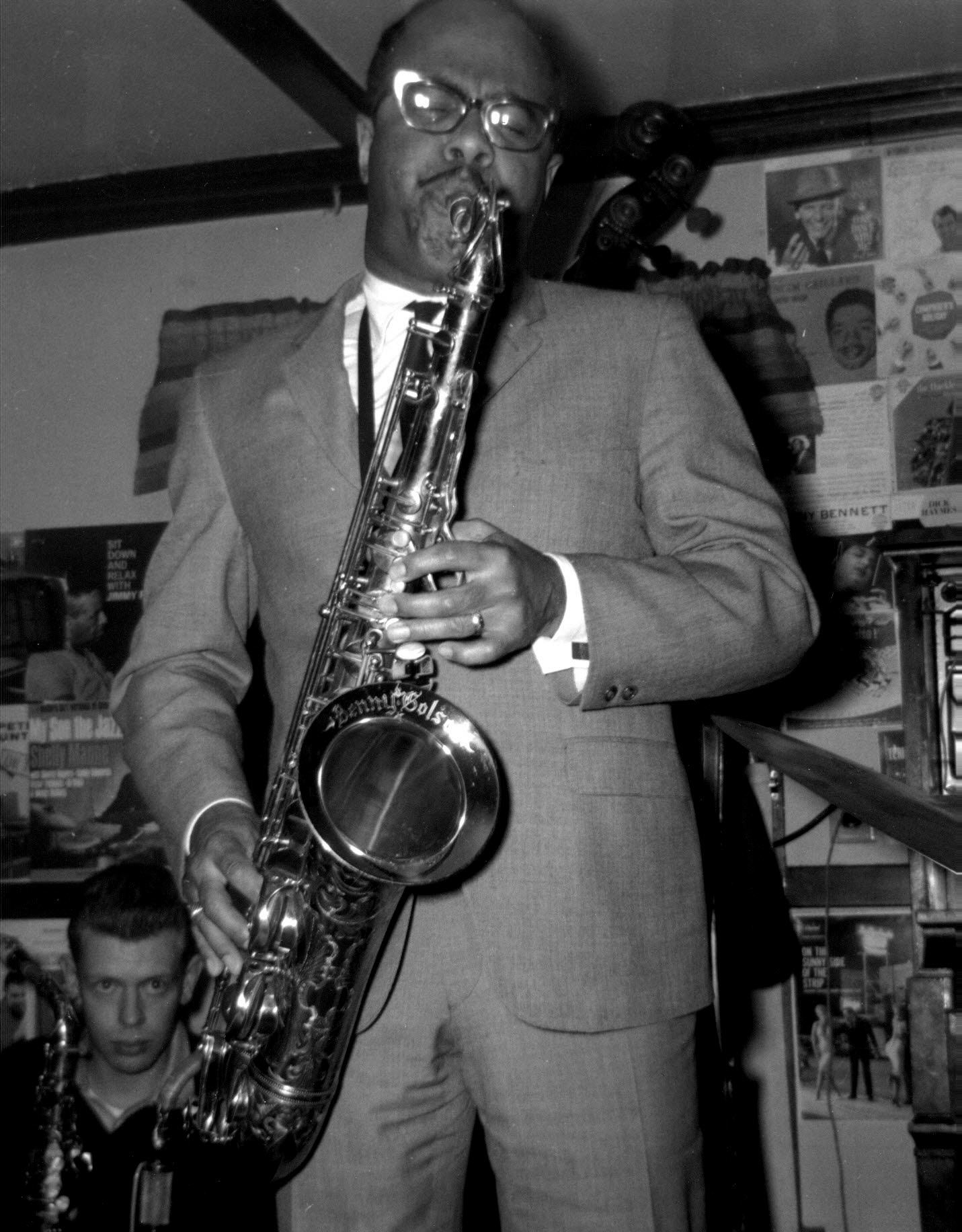
The world of jazz mourns the passing of Benny Golson, a towering figure whose profound contributions as a tenor saxophonist, composer, and arranger left an indelible mark on the genre. Golson, who was regarded as “one of the most significant contributors” to the development of hard bop jazz, died on Saturday, September 21, 2024, at his home in Manhattan at the age of 95. His remarkable career spanned decades, touching the lives of countless musicians and listeners, solidifying his place as a true innovator whose melodic inventiveness and harmonic sophistication defined an era.
Golson was a rarity in jazz: a highly accomplished musician equally sought after as a composer, a duality he once playfully likened to “having two wives.” He often stated, “I’m a musical bigamist. I can’t decide, so I just go on with both of them.” This commitment to both performance and composition yielded an extraordinary body of work, including some of jazz’s most enduring standards such as “I Remember Clifford,” “Whisper Not,” “Blues March,” and “Killer Joe.” His journey from the vibrant jazz scene of Philadelphia to stages and studios worldwide paints a compelling portrait of dedication, artistic evolution, and unwavering passion.
His passing marks the end of an era, as he was one of the last survivors of the golden age of bebop and a living link to jazz’s most transformative period. From his early days playing alongside future legends like John Coltrane and the Heath Brothers to co-leading the influential Jazztet and later composing for iconic television shows, Golson’s life was a testament to his versatility and genius. This article endeavors to trace the initial chapters of his extraordinary career, exploring the formative experiences and monumental achievements that established him as a cornerstone of modern jazz.
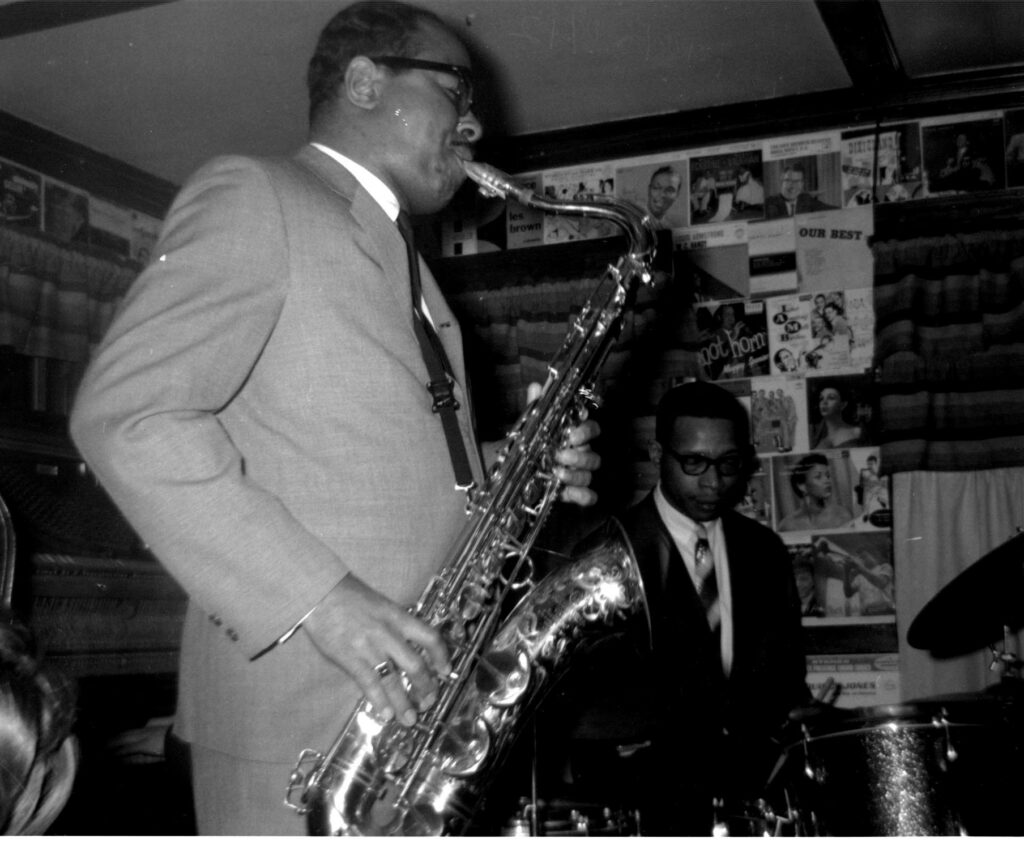
1. **Early Life and Formative Years in Philadelphia**Benny Golson was born Bennie Golson on January 25, 1929, in Philadelphia, Pennsylvania. His early life was shaped by his mother, Celadia, who worked as a seamstress and waitress, after his father, also Bennie Golson, left the family early. This foundational period in Philadelphia proved to be a fertile ground for his burgeoning musical interests, nurtured within a musically inclined middle-class household.
Golson’s musical journey began early, as he started taking piano lessons at the age of nine. Initially, he harbored ambitions of becoming a concert pianist, fascinated by the intricate compositions of Brahms and Chopin. However, a pivotal experience at age 13 took him to New York’s Minton Playhouse, the legendary birthplace of bebop, where he witnessed pioneering figures like Thelonious Monk. This exposure to the nascent sounds of modern jazz undoubtedly broadened his musical horizons.
The decisive turn in his musical path occurred at age 14, after he saw Lionel Hampton’s band perform at Philadelphia’s Earle Theatre, featuring the electrifying tenor saxophonist Arnett Cobb. Inspired by Cobb’s arresting performance, Golson switched from piano to the saxophone. This shift proved transformative, as he soon found himself playing with an extraordinary cohort of promising young musicians at Benjamin Franklin High School, including John Coltrane, Red Garland, Jimmy Heath, Percy Heath, Philly Joe Jones, and Red Rodney, an “explosion of talent” that would solidify Philadelphia’s status as a jazz capital. He later furthered his education at Howard University, where he continued to hone his craft in jazz and marching bands.
Read more about: The Untold Depths of ‘Carol’: A Journey Through Its Creation, Contention, and Enduring Legacy

2. **Developing as a Musician and Composer: Early Big Band Engagements**Upon graduating from Howard University, Golson embarked on his professional career, cutting his teeth as both a saxophonist and an arranger. His initial engagements were with rhythm and blues bands, notably joining Bull Moose Jackson’s ensemble. It was during this period that he encountered Tadd Dameron, who served as Jackson’s pianist at the time. Golson would later acknowledge Dameron as the most significant influence on his writing, absorbing lessons that would shape his approach to composition.
From 1953 to 1959, Golson’s reputation grew as he toured and performed with an array of jazz luminaries and their bands. His saxophone prowess and arranging talents were sought after by some of the biggest names in the industry, including Lionel Hampton, Johnny Hodges, Earl Bostic, and Dizzy Gillespie. These experiences provided him with invaluable exposure and a broad education in various facets of big band dynamics and small group interplay, crucial for his development as a versatile musician.
These early stints were not merely performance opportunities; they were foundational to Golson’s evolution as a composer. As he himself stated, “I wanted to do more than play the tenor sax. I wanted to write.” Working alongside Dameron, who imparted the wisdom that “even the most advanced jazz of the time could be given melodic appeal,” Golson began to integrate his developing compositional voice with his performance skills. This dual focus distinguished him early on and set the stage for his future successes.
3. **The Birth of Immortal Standards: “I Remember Clifford” and its Genesis**One of Benny Golson’s most poignant and enduring compositions, “I Remember Clifford,” emerged from a moment of deep personal grief and artistic inspiration. In 1956, while working with the Lionel Hampton band at the Apollo Theater in Harlem, Golson received the devastating news that Clifford Brown, a highly noted and well-liked jazz trumpeter, had died in a tragic car accident. Brown had previously played alongside Golson in Tadd Dameron’s band, forging a connection that made the loss particularly impactful.
Deeply moved by the untimely death of his friend and fellow musician, Golson immediately began to compose what would become a threnody—a song of lamentation. “I Remember Clifford” was conceived as a heartfelt tribute, reflecting the collective sorrow and admiration felt throughout the jazz community for Brown’s prodigious talent and warm personality. The composition’s melancholic yet beautiful melody and sophisticated harmonic structure quickly resonated with musicians and audiences alike.
The piece transcended its origins as a personal elegy to become one of jazz’s most beloved standards, performed and recorded countless times by a myriad of artists. Its universal appeal lies in its evocative melody and its ability to convey profound emotion, cementing Golson’s reputation not only as a skilled saxophonist but as a composer capable of crafting deeply moving and timeless works. Its enduring popularity is a testament to the power of music to capture and convey human experience, serving as a perpetual memorial to a fallen giant.

4. **Benny Golson and Art Blakey’s Jazz Messengers: The “Moanin'” Era**In 1958, Benny Golson joined Art Blakey and the Jazz Messengers, a pivotal moment that would cement his influence on the hard bop movement. The Jazz Messengers were a dynamic incubator of talent, known for their driving style and the formidable drumming of their leader, Art Blakey. Golson’s arrival injected a fresh compositional voice and a distinctive saxophone sound into the already potent ensemble, contributing significantly to one of their most celebrated albums.
Golson’s tenure with the Jazz Messengers was relatively brief but incredibly impactful, most notably on their classic 1958 album, “Moanin’.” He wrote or co-wrote four of the six tracks on this groundbreaking LP, including the iconic “Blues March,” “Along Came Betty,” and “The Drum Thunder Suite.” These compositions showcased Golson’s unparalleled ability to fuse memorable melodies with the energetic, blues-inflected rhythms characteristic of hard bop. The album was a commercial and critical success, largely due to Golson’s substantial compositional contributions.
His arrangement for “Blues March” became an instant hit, encapsulating the swagger and sophisticated grit of the hard bop aesthetic. “Along Came Betty” offered a more lyrical, yet still swinging, counterpoint, demonstrating his versatility. His work on “Moanin'” not only contributed to the album’s huge success but also further established many of his pieces as essential jazz repertoire. This period with the Jazz Messengers was instrumental in defining the sound of hard bop and solidifying Golson’s status as a leading composer of the era.

5. **The Jazztet: Co-Leading a Definitive Hard Bop Quintet**Following his impactful tenure with Art Blakey’s Jazz Messengers, Benny Golson co-founded his best-known group, The Jazztet, in 1959. This six-member ensemble, which he co-led with the brilliant trumpeter and fluegelhorn player Art Farmer, became a seminal group in the hard bop landscape. The Jazztet primarily focused on performing Golson’s own compositions, providing a dedicated platform for his innovative writing and Farmer’s lyrical trumpet work.
The group, active from 1959 to 1962, quickly garnered critical acclaim for its distinctive sound and sophisticated arrangements. Critics praised The Jazztet, and the ensemble played a significant role in launching the careers of several younger musicians who passed through its ranks, including the pianist McCoy Tyner and the trombonists Grachan Moncur III and Curtis Fuller. The band’s success underscored Golson’s vision for a harmonically rich and melodically engaging hard bop.
However, The Jazztet’s New York debut at the Five Spot proved to be less than auspicious. They shared the bill with the radically innovative alto saxophonist and composer Ornette Coleman, who was also making his New York debut and, in the words of Art Farmer, “stole their thunder.” Coleman’s avant-garde approach garnered immense attention from the press and public, overshadowing The Jazztet’s more traditional hard bop. Farmer later reflected that the group “just didn’t seem to be as adventurous, stepping out into the unknown like what Ornette was doing. Ornette got more notice than we did. I don’t think we ever recovered from that.” Despite this initial setback, the group maintained a general success until their breakup in 1962, eventually reforming for popular reunion concerts in the 1980s and 1990s until Farmer’s death in 1999.
6. **The Shift to Studio Work: Composing for Film and Television**By the mid-1960s, the jazz landscape was undergoing significant shifts. The audience for traditional jazz was shrinking, and the rise of the avant-garde, followed later by fusion, led many musicians to explore new avenues. Benny Golson, a “traditionalist at heart” who was known to dismiss musicians he felt “valued pyrotechnics over style,” found himself increasingly out of step with these emerging trends. Following the example of his friend, the acclaimed arranger and producer Quincy Jones, Golson made a pivotal decision.
He decamped to Los Angeles, embarking on a flourishing “second career” composing and arranging music for film and television. For more than a decade, from the late 1960s through the 1970s, Golson became a highly sought-after arranger in the entertainment industry. This period saw him less active as a performer, but his compositional genius found new expression in a different medium, demonstrating his incredible versatility and adaptability.
During this time, Golson’s unmistakable touch graced numerous popular television shows. He composed music for iconic series such as “Mannix,” “Ironside,” “Room 222,” “M*A*S*H,” “The Partridge Family,” and “Mission: Impossible.” He also formulated and conducted arrangements for various recordings, including Eric Burdon’s 1967 album “Eric Is Here,” which featured five of Golson’s arrangements conducted by him. This transition showcased his profound musicality beyond the confines of jazz, proving his ability to craft compelling scores for diverse audiences and mediums.
7. **Golson’s Enduring Compositions: A Closer Look at His Signature Tunes**Beyond “I Remember Clifford,” Benny Golson’s compositional catalog is a treasure trove of jazz standards that have been performed and recorded countless times by musicians globally. His unique ability to craft melodies that are both sophisticated and instantly memorable has cemented his status as one of jazz’s most important writers. These compositions are not merely tunes; they are fundamental elements of the jazz lexicon, defining the hard bop era and influencing generations of musicians.
“Stablemates,” composed in 1955, is another cornerstone of Golson’s oeuvre. Its intricate but flowing harmonic progression and engaging melody make it a favorite for improvisation and study. Miles Davis famously recorded this piece after John Coltrane, a close friend of Golson’s, mentioned that Davis was “looking for new material,” a testament to the tune’s immediate appeal to jazz giants.
Other notable compositions include “Whisper Not” (1956), known for its elegant, flowing lines and sophisticated chord changes, and “Killer Joe” (1960), a funky, infectious tune that became a mainstream hit and was almost adopted as a theme song by drummer Philly Joe Jones. Quincy Jones himself recorded a memorable version of “Killer Joe” in 1969, bringing it to an even wider audience. “Are You Real?” (1958), “Blues March” (1958), “Along Came Betty” (1958), and “Five Spot After Dark” (1959) further illustrate Golson’s prolific output and his unparalleled gift for creating enduring melodies. Each piece reflects his mastery of structure and his profound understanding of jazz language, securing his legacy as a compositional giant.
Having explored the foundational chapters of Benny Golson’s career, from his formative years to his impactful compositional contributions and his shift into film and television scoring, we now turn our attention to the later phases of his remarkable journey. This second section will delve into his triumphant return to active jazz performance, the nuanced evolution of his distinctive musical style, his unexpected foray into popular culture through cinema, and the rich tapestry of his personal life. We will also comprehensively document the numerous accolades that recognized his unparalleled genius and reflect on the enduring legacy he leaves on the landscape of jazz music, complemented by an overview of his extensive discography.

8. **Triumphant Return to Active Jazz Performance**After a significant period dedicated to studio and orchestral work, which spanned roughly 12 years from the late 1960s through the 1970s, Benny Golson made a celebrated return to the jazz stage. This mid-1970s comeback marked a pivotal moment, as he once again embraced his role as a performer and recording artist, proving that his deep connection to jazz remained undimmed despite his successful detour into composing for other media.
His return was met with enthusiasm from audiences and critics alike, who welcomed back his distinctive sound to clubs and international festivals. This resurgence was not merely a nostalgic revisiting of past glories; Golson embarked on a “successful second career playing in clubs and on festivals internationally,” demonstrating his continued vitality and artistic relevance in a constantly evolving musical world.
A significant aspect of this return was the reformation of The Jazztet in 1982, reuniting with his esteemed co-leader, trumpeter Art Farmer. This revival of their seminal hard bop tet brought their sophisticated arrangements and Golson’s compositions back to eager audiences, leading to popular reunion concerts throughout the 1980s and 1990s, until Farmer’s death in 1999. His ability to navigate different musical worlds and return to his jazz roots underscored his versatility and unwavering passion for the art form.
Read more about: Benny Golson, Maestro of Melody and Hard Bop Innovator, Dies at 95, Leaving a Rich Legacy
9. **Evolution of a Distinctive Musical Style**Benny Golson’s saxophone playing was characterized by a distinct evolution over his long career, yet always maintained a recognizable signature. His early playing was described by critics as possessing a “distinctively fibrous, slightly hoarse tone” and was “firmly within the mainstream-modern tradition exemplified by another of his heroes, the tenor player Don Byas.” This foundational sound connected him to the rich lineage of tenor saxophone masters.
As he matured and immersed himself in the dynamic world of hard bop, particularly during his tenure with Art Blakey’s Jazz Messengers and later with The Jazztet, his tone underwent a notable change. His sound “hardened,” reflecting the driving energy and sophisticated grit characteristic of the hard bop era. This period solidified his association with the genre, establishing him as a significant voice within its parameters.
During the 1960s, a period of immense innovation in jazz, Golson further absorbed techniques pioneered by his close friend John Coltrane. He described Coltrane as “an inextinguishable example of spiritual nobility,” indicating a profound artistic and personal influence. While maintaining his unique voice, Golson integrated these new approaches, enriching his style while still adhering to a melodic and harmonic sensibility that distinguished him from the avant-garde movement, which he sometimes found to “value pyrotechnics over style.”
Read more about: Phil Lesh: The Grateful Dead’s Visionary Bassist — Unpacking the Enduring Legacy of a Musical Maverick

10. **Unexpected Role in Popular Culture: “The Terminal”**In an unexpected turn that introduced him to a global audience beyond jazz aficionados, Benny Golson found himself central to the plot of Steven Spielberg’s acclaimed 2004 film, “The Terminal.” The movie, starring Tom Hanks, hinges on the main character Viktor Navorski’s quest to collect the final autograph missing from his treasured copy of “A Great Day in Harlem,” the iconic 1958 photograph featuring 57 prominent jazz musicians. The elusive signature was none other than Benny Golson’s.
Golson not only played himself in a memorable cameo appearance but also contributed significantly to the film’s musical landscape. Ray Bryant’s “Something in B-Flat,” a track from Golson’s debut album, “Benny Golson’s New York Scene,” is heard during a scene where Viktor is painting and redecorating the airport terminal. In a later, climactic scene, Golson’s own band performs his hit composition, “Killer Joe,” underscoring the profound connection between the music and the film’s narrative.
At the time of the film’s release, Golson was one of only seven surviving musicians from the “A Great Day in Harlem” photograph, a poignant detail that added layers of authenticity to the story. This cinematic appearance elevated his public profile and introduced his music to millions who might not have otherwise encountered his work, cementing his place in both jazz history and popular culture. Shortly after the film, Golson released the album “Terminal 1” as a direct “homage to Steven Spielberg.”
11. **Personal Life and Spiritual Journey**Benny Golson’s personal life, while often kept private, reveals a man deeply rooted in family and spiritual conviction. He was married twice, with his first marriage ending in divorce. From this union, he had three sons: Odis, Reggie, and Robert, all of whom, sadly, predeceased him. The passing of his sons represented profound personal losses in his long life.
In 1959, Golson married the talented ballet dancer Bobbie Hurd, who remained his steadfast companion and survived him. Together, they had a daughter named Brielle Golson. His family was a significant anchor throughout his extensive career, providing stability amidst the demanding life of a touring musician and prolific composer.
A deeply personal aspect of Golson’s life was his spiritual commitment. In an interview with *Awake!* on October 8, 1980, he revealed that he and his wife, Bobbie, had become members of Jehovah’s Witnesses in the late 1960s. This spiritual path offered a framework for his life, which he once reflected on in an article titled “Keeping my Music in its Place,” published in *The Watchtower* magazine, underscoring the balance he sought between his artistic endeavors and his faith.
Read more about: Phil Lesh: The Grateful Dead’s Visionary Bassist — Unpacking the Enduring Legacy of a Musical Maverick

12. **A Legacy of Accolades: Awards and Honors**Benny Golson’s profound and lasting impact on jazz was recognized through a multitude of prestigious awards and honors throughout his illustrious career. These commendations underscored his status as a master musician, an innovative composer, and a vital contributor to American cultural heritage.
In 1996, he received the highly esteemed NEA Jazz Masters Award from the National Endowment for the Arts, America’s highest honor in jazz, affirming his place among the genre’s most influential figures. The following year, Howard University’s Jazz Studies program, where Golson himself had been a student, established the “Benny Golson Jazz Master Award” in his honor, a testament to his enduring influence on aspiring musicians.
His contributions were further acknowledged with an honorary doctorate of music from Berklee College of Music in 1999. Later, in October 2007, Golson was awarded the Mellon Living Legend Legacy Award by the Mid Atlantic Arts Foundation at the Kennedy Center, and he also received the University of Pittsburgh International Academy of Jazz Outstanding Lifetime Achievement Award. In November 2009, he was inducted into the International Academy of Jazz Hall of Fame. The Recording Academy also recognized his indelible mark on music, presenting him with a Grammy Trustees Award in 2021.
Read more about: Joan Jett at 67: The Unyielding Power of a Rock & Roll Icon Who Only Gets Cooler

13. **The Enduring Impact and Legacy on Jazz**Benny Golson’s passing marked the end of an era, as he was celebrated as “one of the last survivors of the golden age of bebop” and a living link to jazz’s most transformative periods. His legacy is multifaceted, cemented not only by his distinctive saxophone playing but also, and perhaps even more profoundly, by his extraordinary compositional output.
He is widely regarded as “one of the most significant contributors” to the development of hard bop jazz, a style he helped define with his driving sound and sophisticated arrangements. His ability to craft memorable melodies infused with harmonic depth set a benchmark for the genre, influencing countless musicians and shaping the sound of modern jazz for generations.
The sheer number of his compositions that have become jazz standards—including “I Remember Clifford,” “Whisper Not,” “Blues March,” “Stablemates,” “Along Came Betty,” and “Killer Joe”—speaks volumes about his enduring impact. These pieces are not merely popular tunes; they are fundamental elements of the jazz lexicon, constantly performed, reinterpreted, and studied by musicians worldwide, ensuring his melodic vision continues to resonate.
Read more about: Phil Lesh: The Grateful Dead’s Visionary Bassist — Unpacking the Enduring Legacy of a Musical Maverick
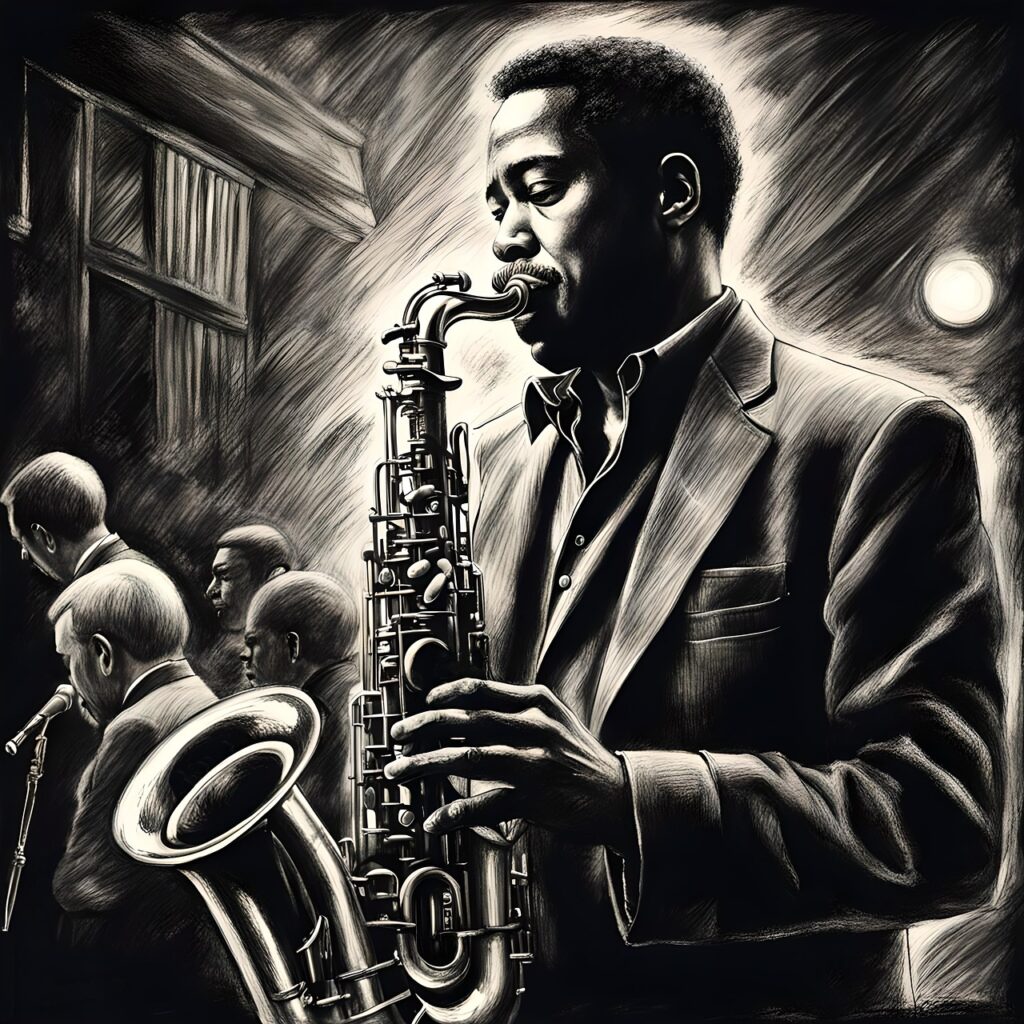
14. **An Extensive Discography: A Musical Journey in Recordings**Benny Golson’s prolific career is comprehensively documented through an extensive discography, showcasing his evolution as a leader, a sideman, and a composer across numerous seminal recordings. His albums serve as a vibrant chronicle of his artistic journey, from his early forays into hard bop to his later, more reflective works.
His leadership debut, “Benny Golson’s New York Scene” (1959), recorded in 1957, immediately established his voice as a bandleader and composer. This was quickly followed by other significant works like “The Modern Touch” (1958), “The Other Side of Benny Golson” (1958), and “Benny Golson and the Philadelphians” (1958), which captured his burgeoning talent during a highly productive period.
Throughout the late 1950s and early 1960s, albums such as “Gone with Golson” (1959), “Groovin’ with Golson” (1959), and “Gettin’ with It” (1960) solidified his reputation. Even during his hiatus from active performing in the late 1960s and 1970s, his earlier recordings continued to gain traction, and upon his return to jazz, he continued to release compelling albums like “Killer Joe” (1977) and collaborative efforts such as “California Message” with Curtis Fuller (1981).
His later career saw a consistent output of critically acclaimed recordings, including “Time Speaks” with Freddie Hubbard and Woody Shaw (1983), “This Is for You, John” (1984), and “Benny Golson Quartet Live” (1991). His connection to the film “The Terminal” was further immortalized with the album “Terminal 1” (2004). Even in his later years, Golson remained active in the studio, releasing “New Time, New ‘Tet” (2009) and “Horizon Ahead” (2016), underscoring his lifelong dedication to creating and recording jazz that truly resonated.
Read more about: Snoop Dogg: Facing the Evolution of a Hip-Hop Icon, From Streets to Global Stages
Benny Golson’s journey through jazz was not just a career; it was a profound testament to the power of melodic invention, harmonic sophistication, and unwavering dedication to an art form. From the vibrant streets of Philadelphia to the global stage, through the intricate world of composition and the demanding realm of performance, he enriched the lives of countless individuals. His music, imbued with grace and a bold vision, will forever echo, a beautiful and enduring sound that will inspire generations to come, reminding us all of the profound spirit of a true jazz master. Though he has departed, his voice, through his timeless compositions and recordings, continues to whisper, swing, and march on, a perpetual presence in the heart of jazz.


